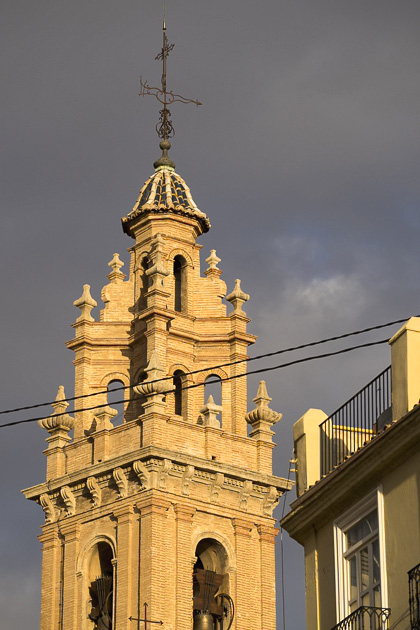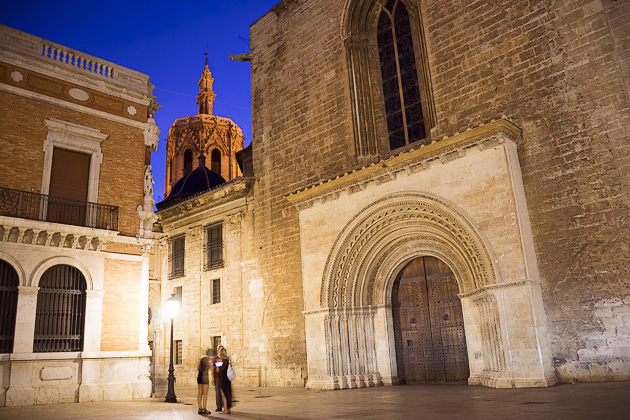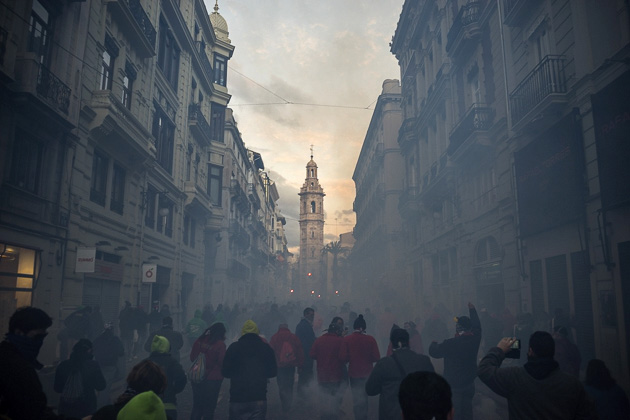This Is Valencia
By far the biggest cities in Spain are Madrid and Barcelona: they dominate the country’s media, culture, tourism and (especially) sports. But what comes next? What’s the Chicago, to Spain’s New York and Los Angeles? That, my friends, would be Valencia.

Valencia is the third-biggest city in Spain and capital of the Valencian Community, one of the country’s seventeen autonomous communities. The Comunidad Valenciana consists of three provinces. From north to south, these are Castellón, Valencia, and Alicante. The Valencian Community is about the size of New Jersey, and the city of Valencia has a population of about 800,000.
The comparison with Chicago can be extended a little. Just like the Windy City, Valencia is well-known for its modern architecture. This is the hometown of Santiago Calatrava, the star architect behind some of the most celebrated, and contentious, buildings of the last decade. To say that he’s left his stamp on Valencia would be an understatement of epic proportions.
But Valencia shares nothing of Chicago’s weather. It’s not all that windy, nor do its winters approach the misery which visits the shores of Lake Michigan. In fact, Valencia enjoys perhaps the best climate in Spain, and among the best in Europe. The city is ringed by a chain of small mountains which help to stave off clouds and ensure that Valencians see more than their fair share of sun. Winters are mild, and while summers are warm, only a few weeks in August get so hot as to be unpleasant.
This is a port city, the busiest on the Mediterranean Sea, but you could spend an entire week in Valencia and never see a shipping barge. In fact, if you don’t make a specific trip to the beach, you might not even see the water. The city center is set inland, a couple kilometers away from the shore, and the great majority of Valencians visit the sea sporadically at best.

The Mediterranean might fuel the city’s economy, but Valencian life is more influenced by the Turia River.. or, at least, the river’s corpse. The Turia was rerouted in the 1950s, and its old bed has been converted into a park which runs straight through the city — a massive zone of recreation, bike paths, opera houses, theaters, sports fields, grass, trees and zero cars. For many visitors, the Turia is Valencia’s defining quality; the unique aspect which sets it apart from other cities.
Apart from all the facts and figures, Valencia enjoys a quality that’s impossible to quantify. The sun, the river, the nearby ocean, the Spanish lifestyle, the climate, and the frequent festivals all combine to make life here an absolute pleasure. That may sound like hyperbole, and perhaps it is. Valencia is our adopted home, after all, and it’s possible that we’re exaggerating its magnificence, blinded by the infatuation so common to immigrants.
Or maybe we’re right on the money. Maybe Valencia really is the best city on Earth.




Pingback: This Is Fallas | For 91 Days in Valencia – Travel Blog
Hi Thank for the intro. How about the cost of living comparing to Madrid? I am sure it must be way cheaper than Barcelona. I am planning to move there.Thanks.K.
I can’t say for sure, because I haven’t spent too much time in Madrid, but I’d say that Valencia is quite a bit cheaper. Rents are very reasonable, and eating out is likewise much cheaper than similar-quality restaurants. Any other readers have more input for K?